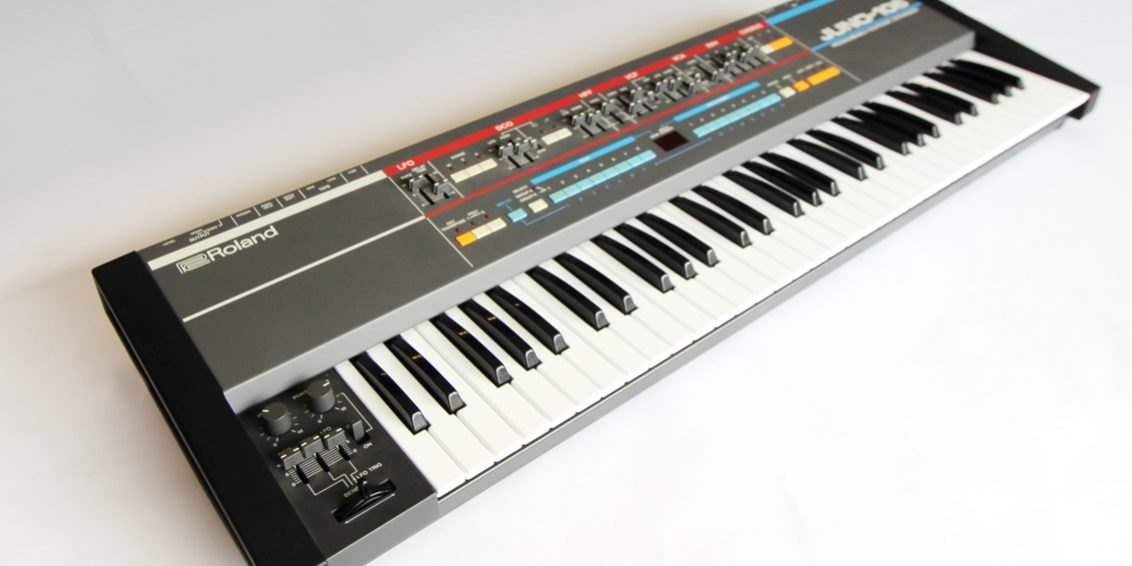WOLF retro DESIGN REVIEW. 15th April 2025
A retro review looks at products that are at least over ten years old from a present-day WOLF design perspective. While the technology and fashion of the period influence design, and are taken into consideration, great design ideas will transcend their eras to be timeless.
Interesting and factual information may be provided, but our review aims to deliver insight from the perspective of a designer’s mind and eyes.
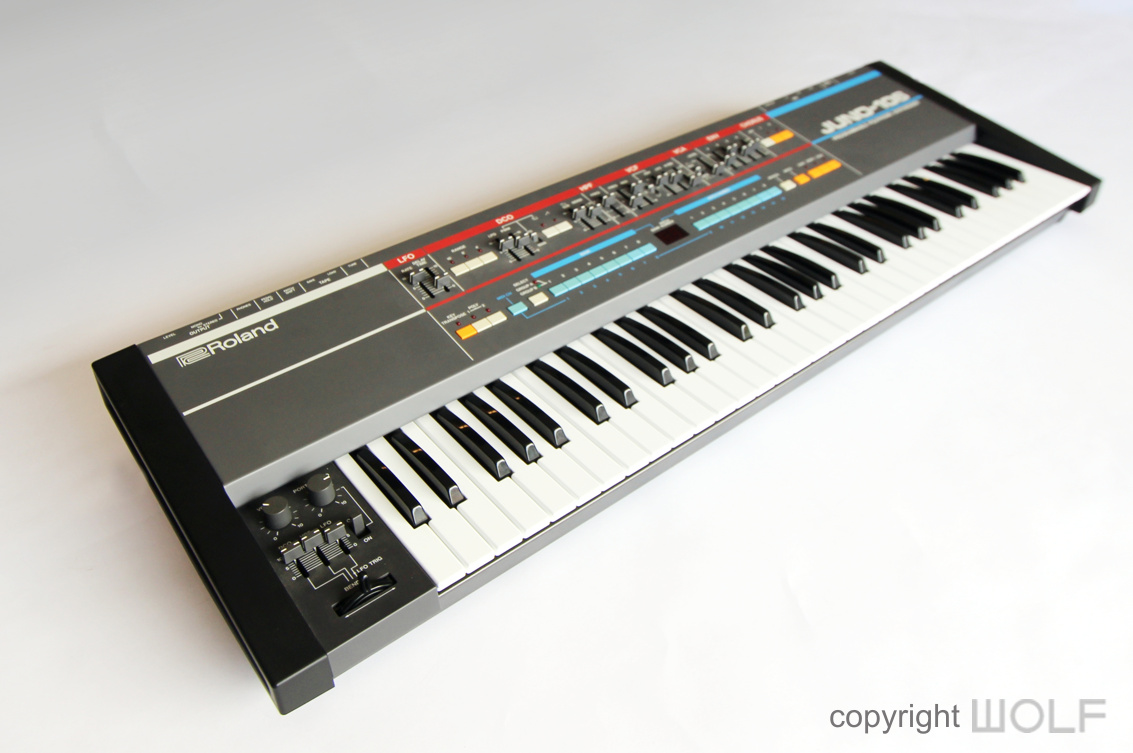
Economical and sophisticated
Introduction
Product Focus
As with most reviews the focus is on the design and its evolution with the Keyboard industry. The functioning systems and sound quality are not necessarily not considered.
Product description
The Roland Juno 106 was an analogue synthesizer released in 1984 as a more modern version of the Juno 60 but with Midi. Experts however will insist that they had different characters with their sounds. The Juno 106 has been described as having a more modern, forward sounding character.
Price and Availability.
The Juno 106 has a very contemporary sound that musicians still seek out to recreate that retro 80s, and 90s vibe. It’s considered a collectible classic with prices between $900 and $1500US depending on condition. The factory hard case was Roland’s first to be made out of a moulded plastic and is a great accessory to have. Roland also made a soft carry case (the SC-65).
Additional information
The Juno 106 also came in the form of a Juno 106S which was identical but with built in speakers. Another variant was the HS-60 which was aimed at the home user hobbyist. Also badges as the Synth Plus 60 it sounded the same as the 106 but covered in duller clothing.
Review
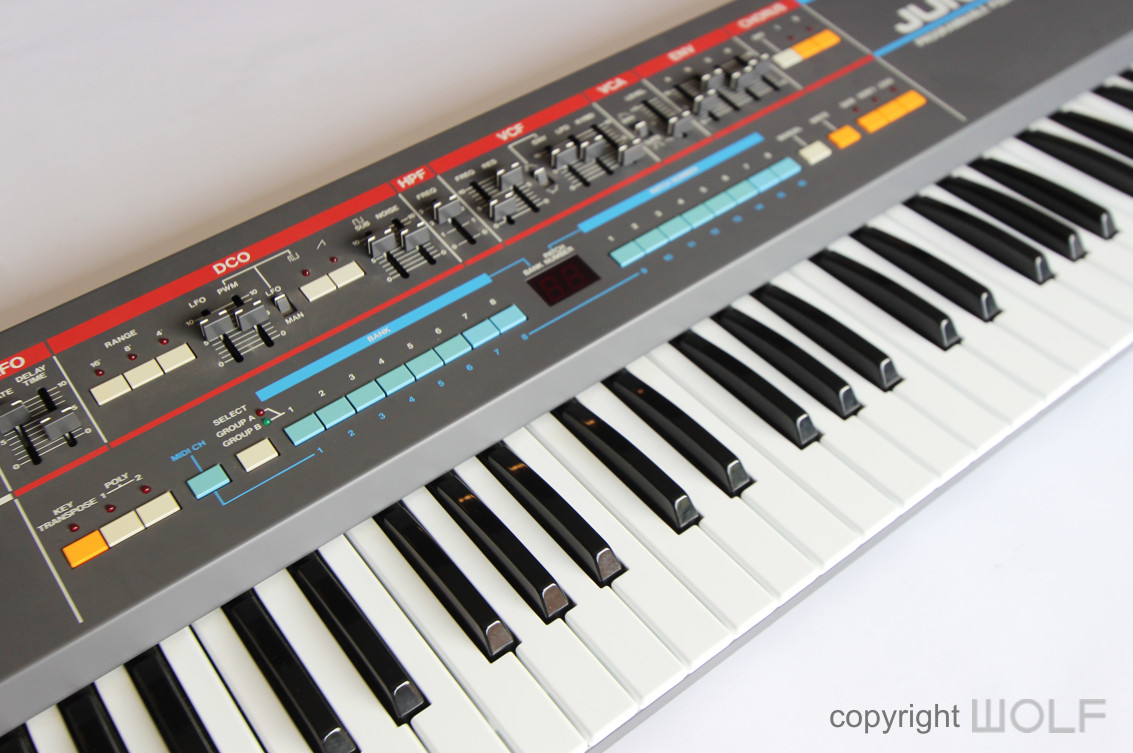
A cool Roland classic?
First impression/ Delight
While it’s a Juno, it could almost be a smaller sibling within Roland’s Jupiter family because it has a similar layout with the screen placed directly in the center. It’s also rather colourful and this creates a rather friendly and positive first impression.

The plastic case was a first.
Exterior Design Review
The Roland Juno 106 looks very much like how an early 80s analog synthesizer should, with sliders along the top and buttons in a row underneath. The main metal panel is painted in cool grey plastic with buttons and graphics in blue, white, red and orange. It’s not as colourful as the Jupiter 8 but still bright and vibrant nonetheless.
The ends of the Juno 106 are capped with very substantial black plastic pieces that have a unique molded design. The underside is recessed to make the synthesizer look slenderer than it is. From the rear you get a better sense of how thick the overall instrument is
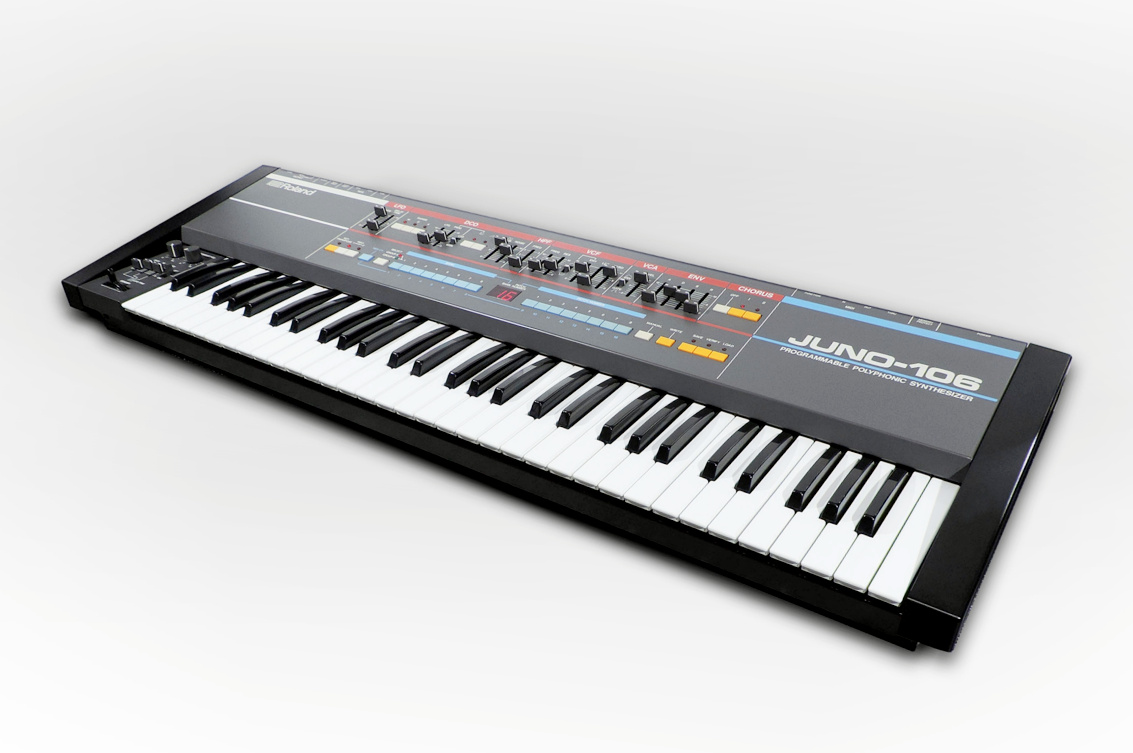
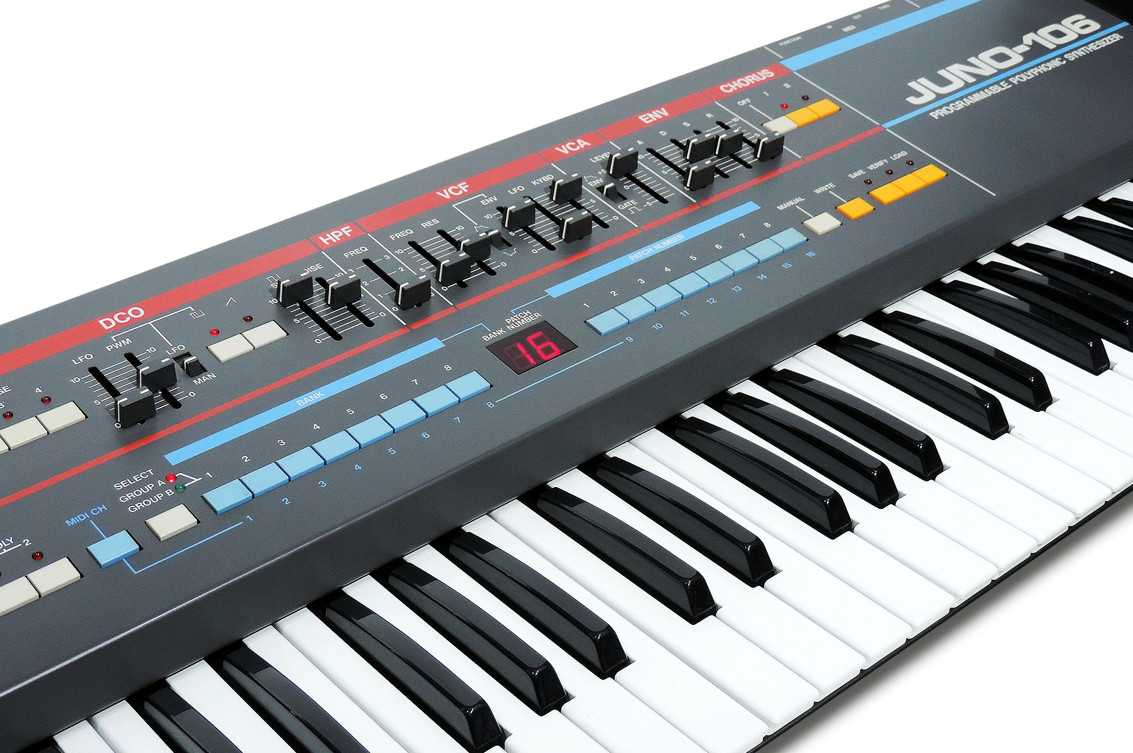
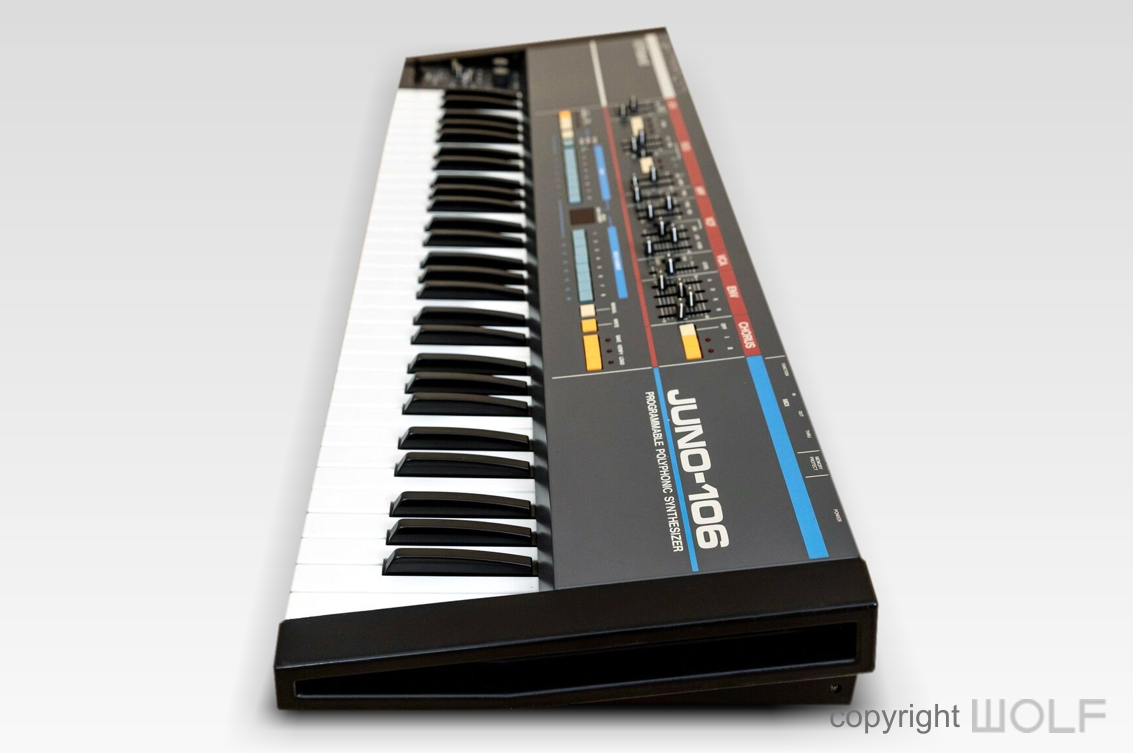
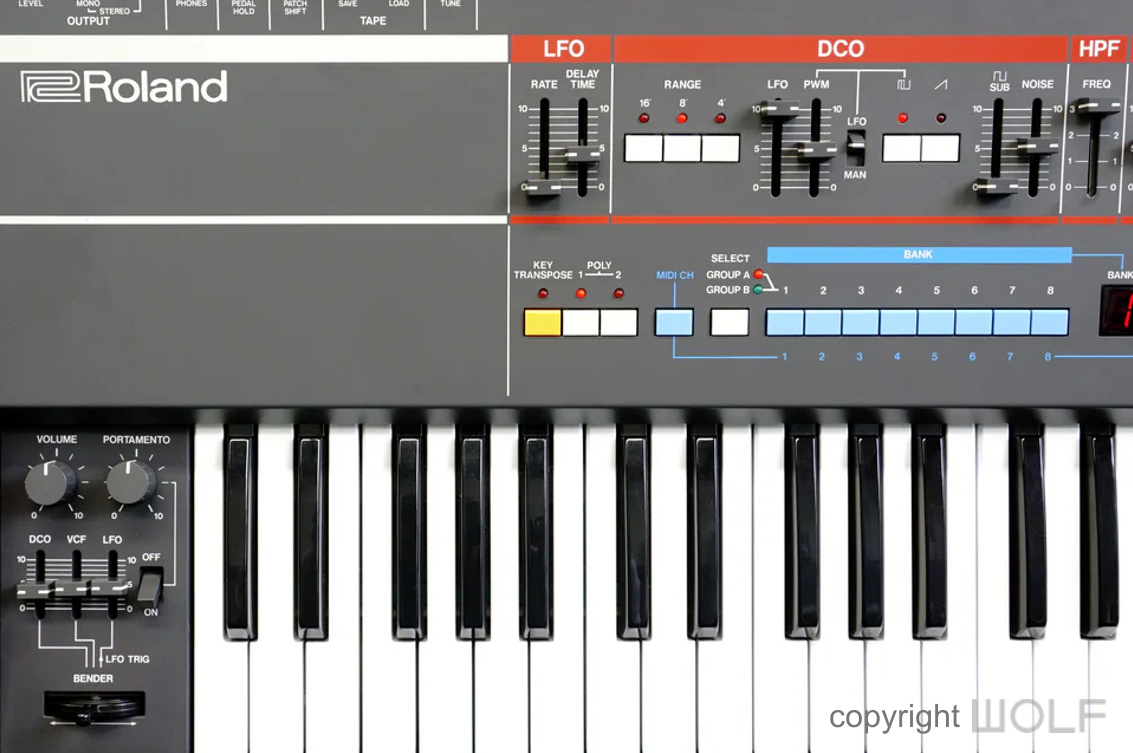
Craftmanship.
The W7 is put together well, as you would expect from most Yamaha products. The end panels fit flush and neat making it very clean and minimalistic. The main front aluminium panel does feel thinner somehow and the large flat surfaces are probably not as rigid as previous models. Most of the ones we’ve seen have scratches and dints. The keys on most also tend to be a little more yellowed than previous models. All this suggests that the materials used may have been cheaper and less durable
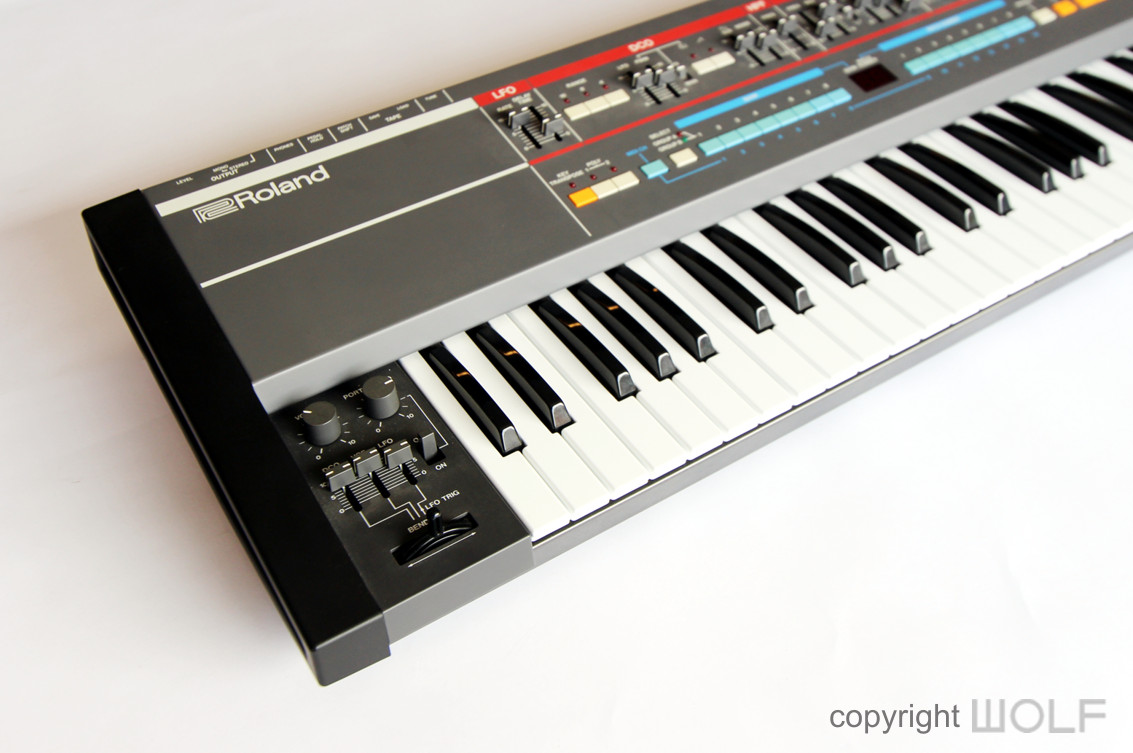

Craftmanship.
The Juno 106 is mostly clad in metal with high-grade plastic end pieces. It’s a quality machine and many have survived well due its durable materials.
The buttons and controls all work as they should and the sliders in particular are nice and smooth. A common issue is with the disclouration of the plastic buttons. It’s not uncommon to see yellowed or grey buttons that were once a bright blue.
Although this was a relatively modern instrument in 1984 we were quite surprised to find the underside panel made out of plywood.
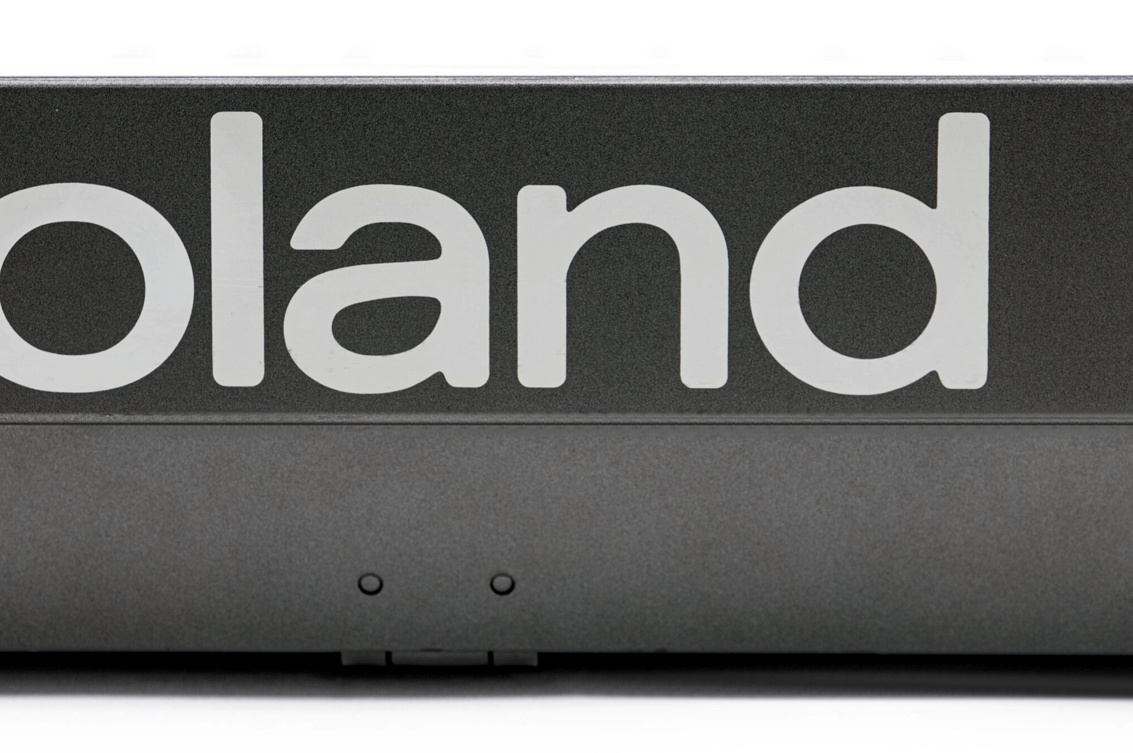
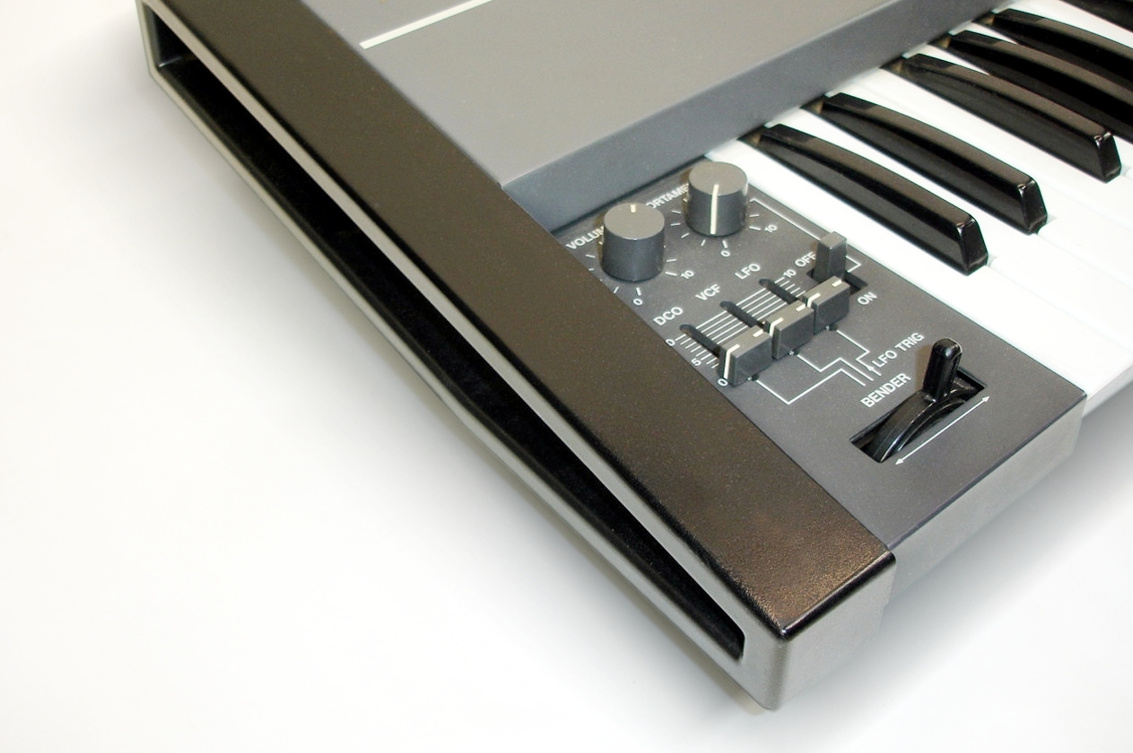
cool molded end caps
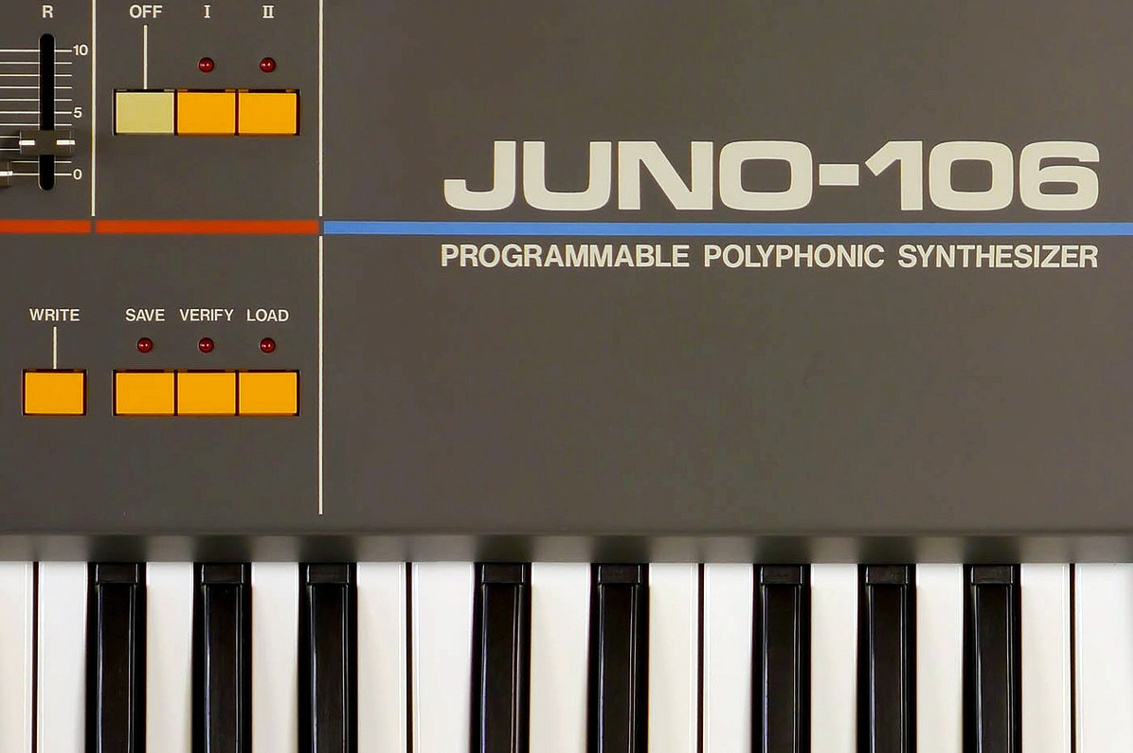
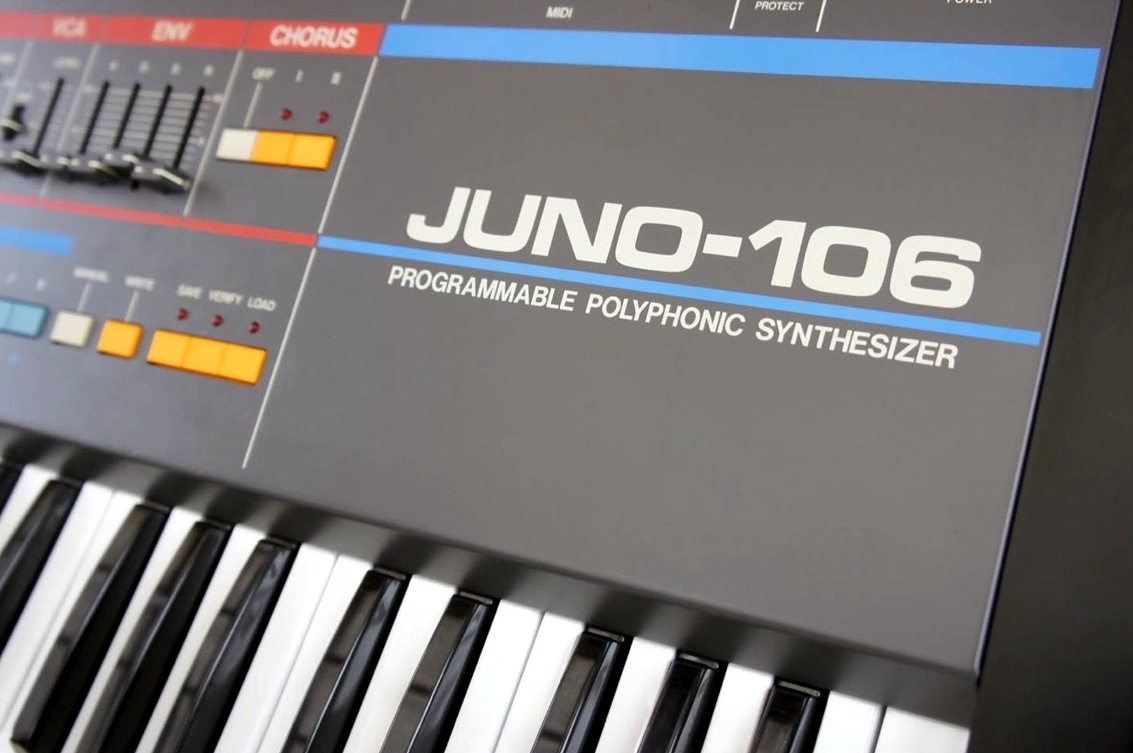
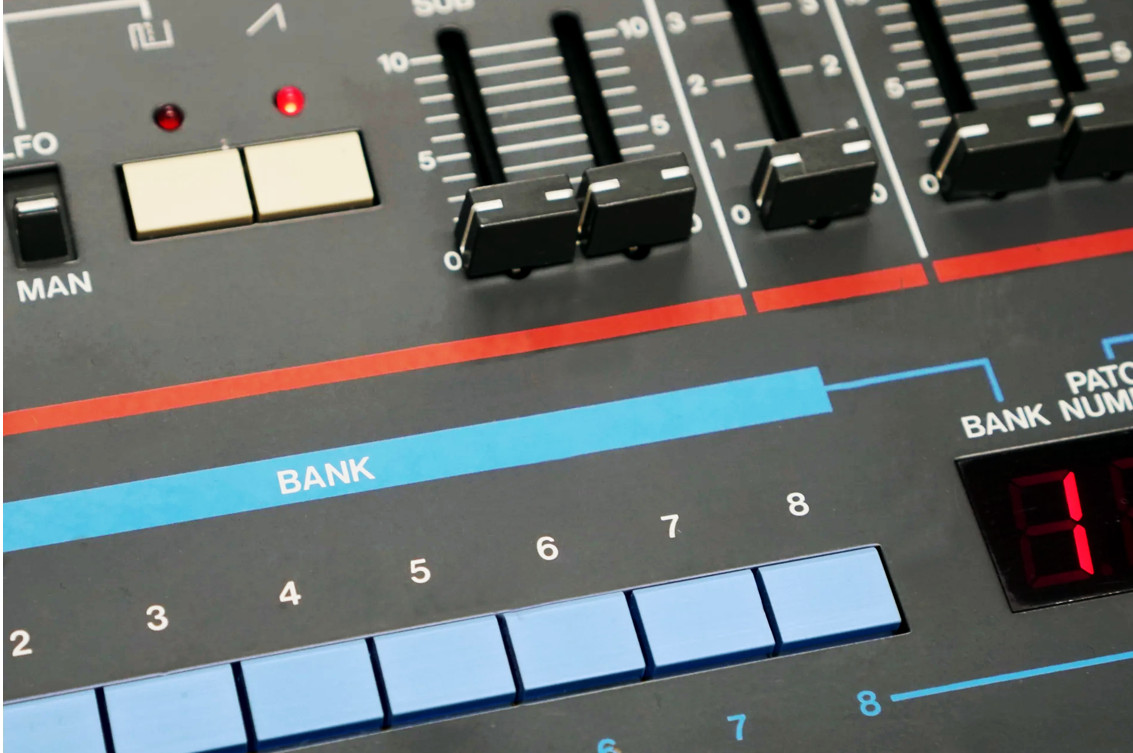
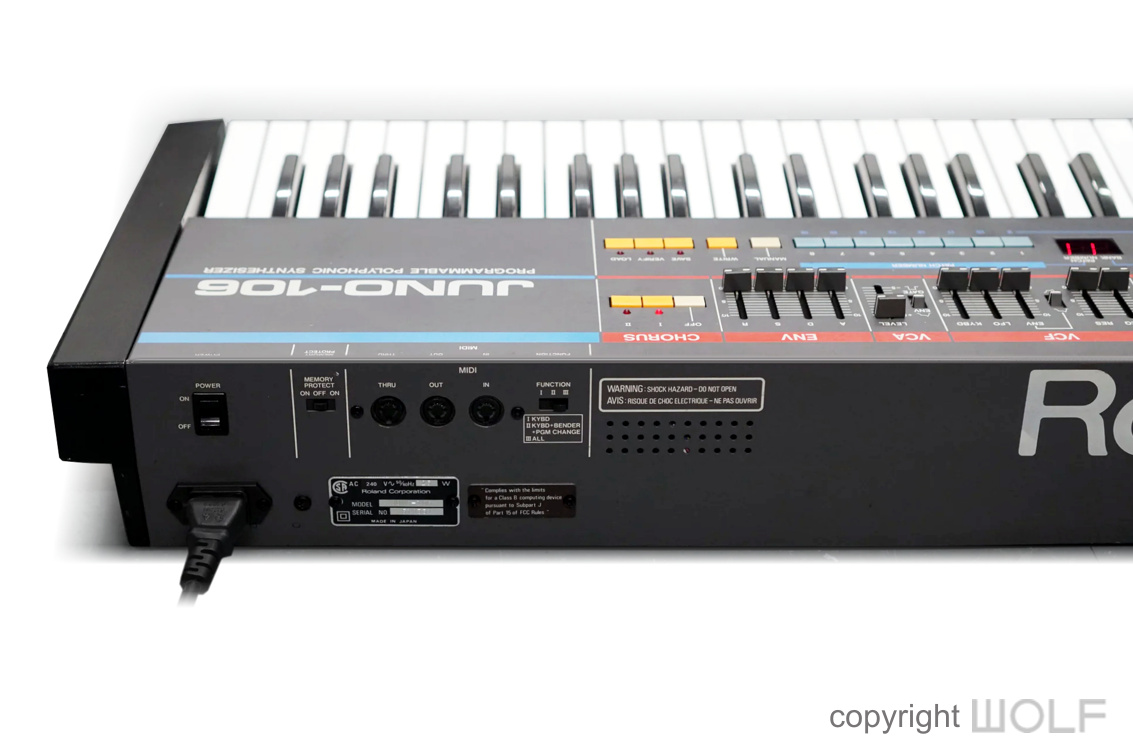
FUNCTION- Experience.
The buttons and controllers are well organised and focused economically in the center. The overall arrangement of everything is quite symmetrical with the two-digit display screen smack in the center. With Yamaha’s DX7 already launched a year earlier in 1983 this basic LED screen seems rather dated and inadequate.
The molded plastic ends are durable and can resist some knocking around. The design has a kind of long hole that follows the shape of the side profile and this forms a kind of handle that you can lift and carry the instrument.


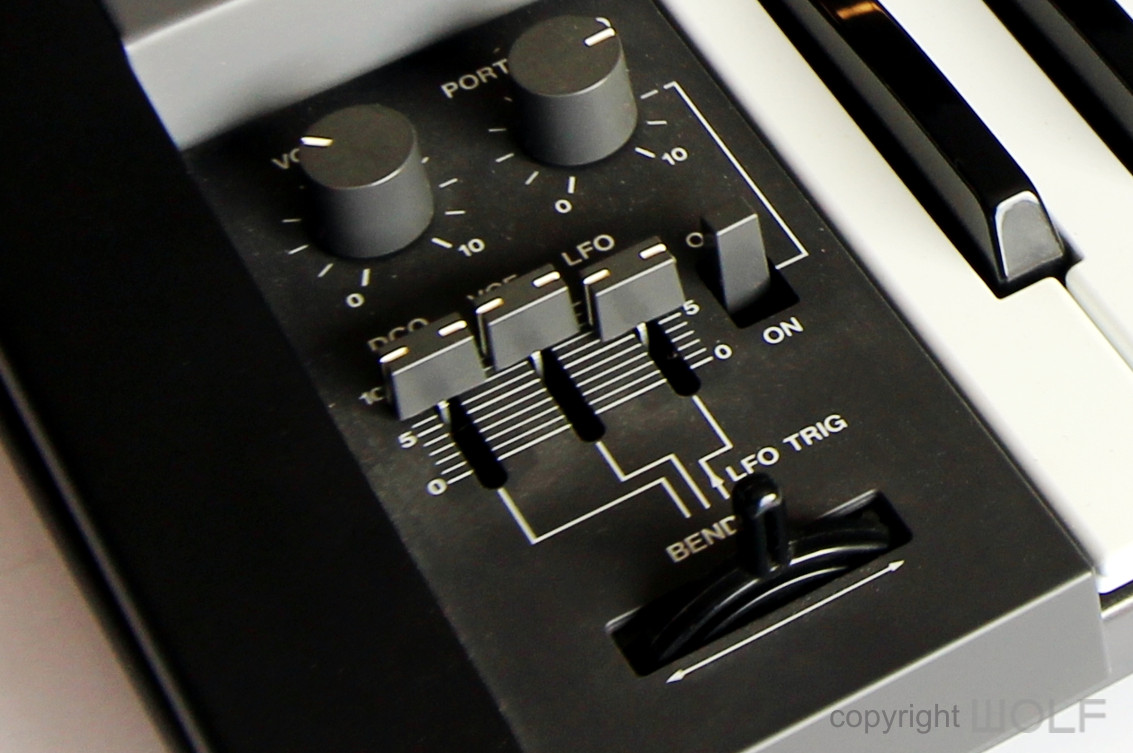
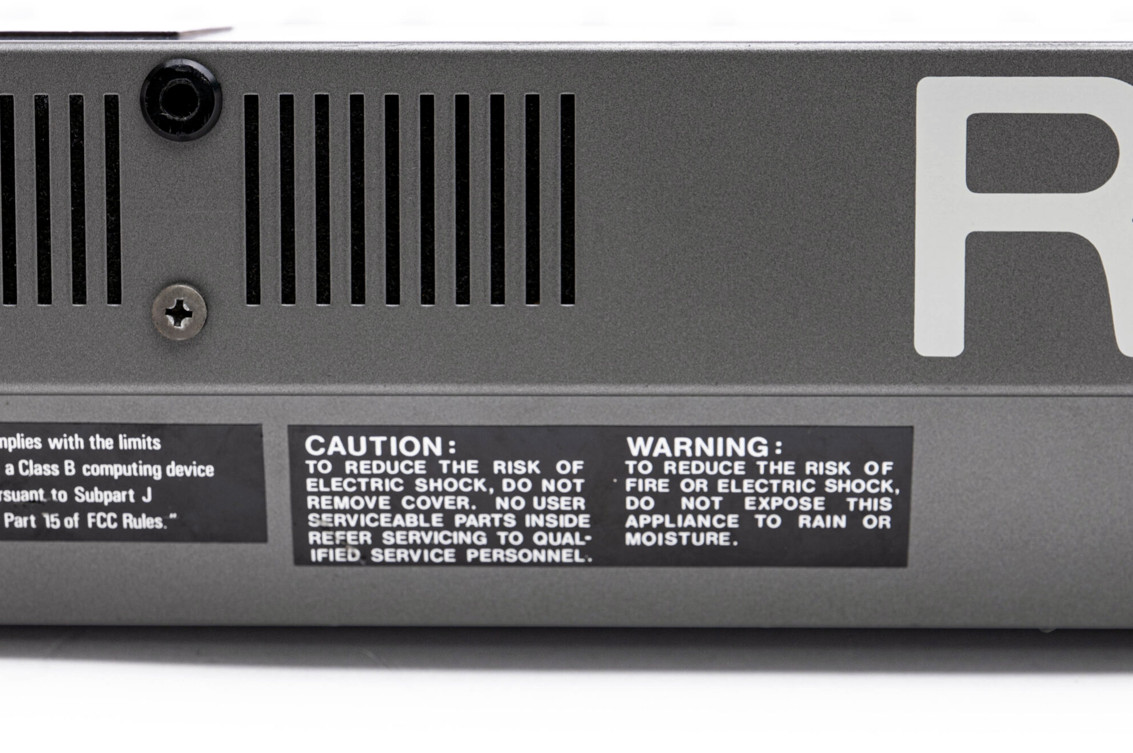
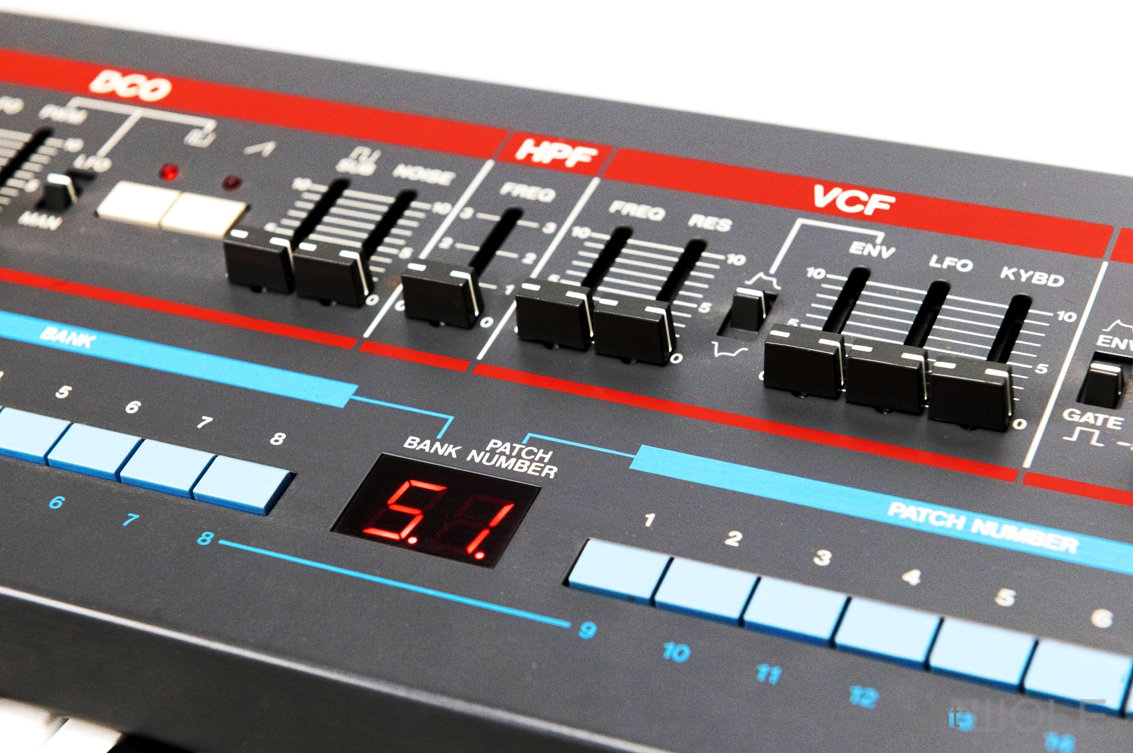
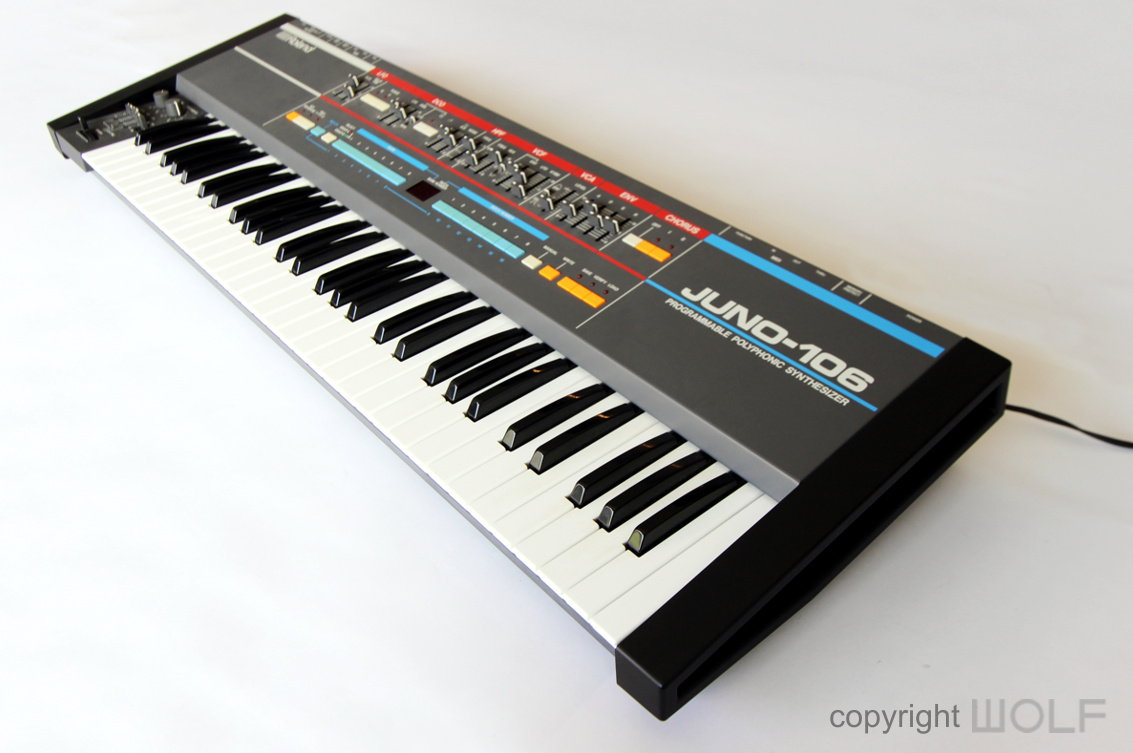
Desirability / Collectability
Although analogue technology continued through until 1989 with Rolands JX-8P and JX-10, the Juno 106 was Roland’s last analogue synthesizer with dedicated physical controls for every parameter on the exterior. Although the music World was quite taken by Yamaha’s DX7 the Juno 106 was still very popular and made its way into an enormous amount of pop music. It’s equally as classic as the DX7 and as can be seen on the second hand market, more valuable/collectible.
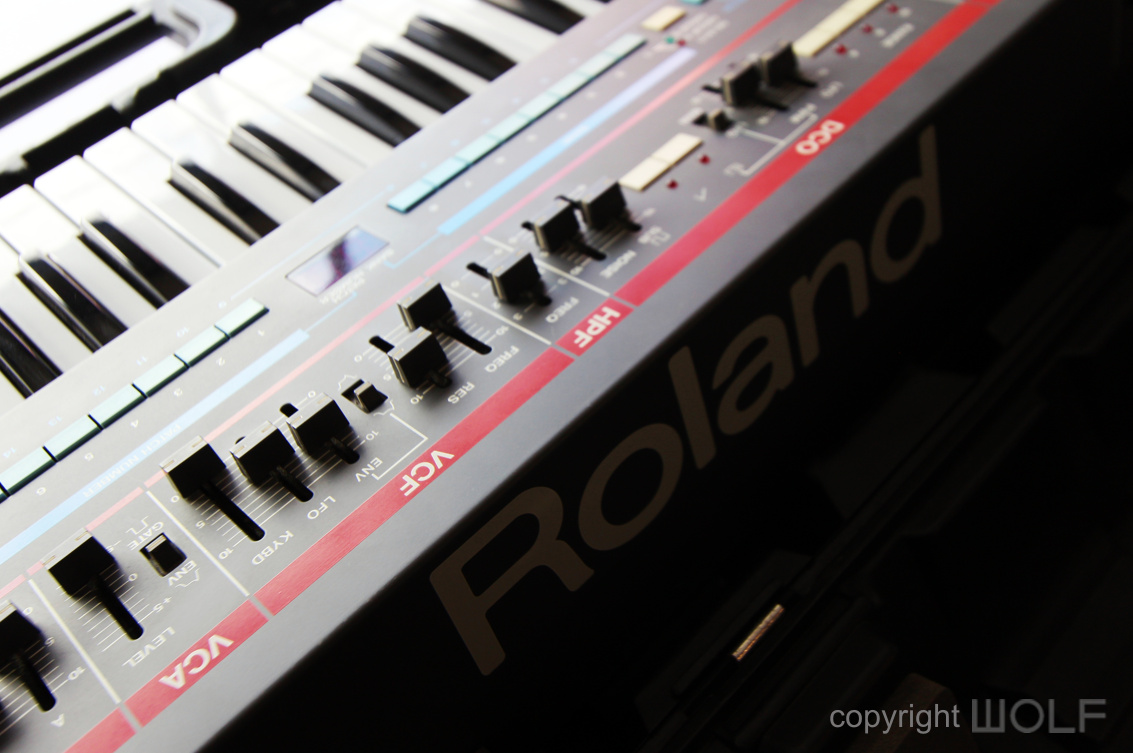
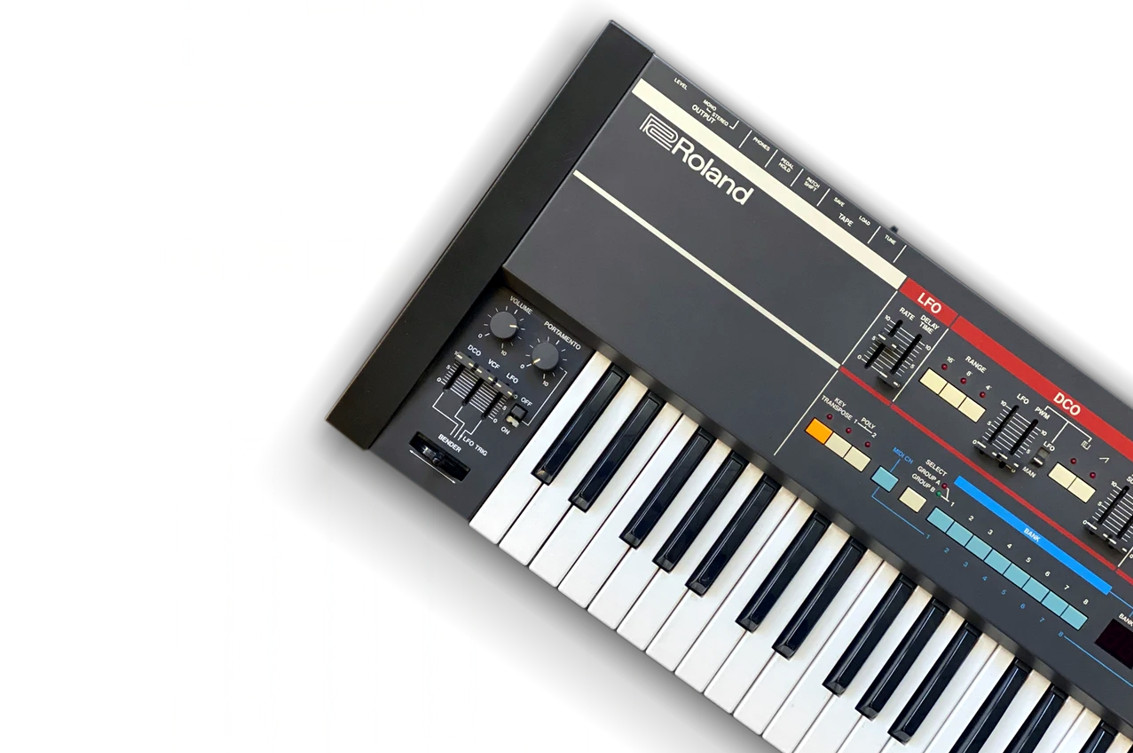
WORD OF THE WOLF
The Juno 106 is not one you will find for a bargain, though it does present as a more affordable alternative to Roland Jupiter synths. Collectors prize them and although prices have slowed down in recent years, they are still appreciating. A mint working example with original factory case can still be a good long-term investment. The 106S or HS-60 with built in speakers are a good alternative that can often be significantly cheaper.
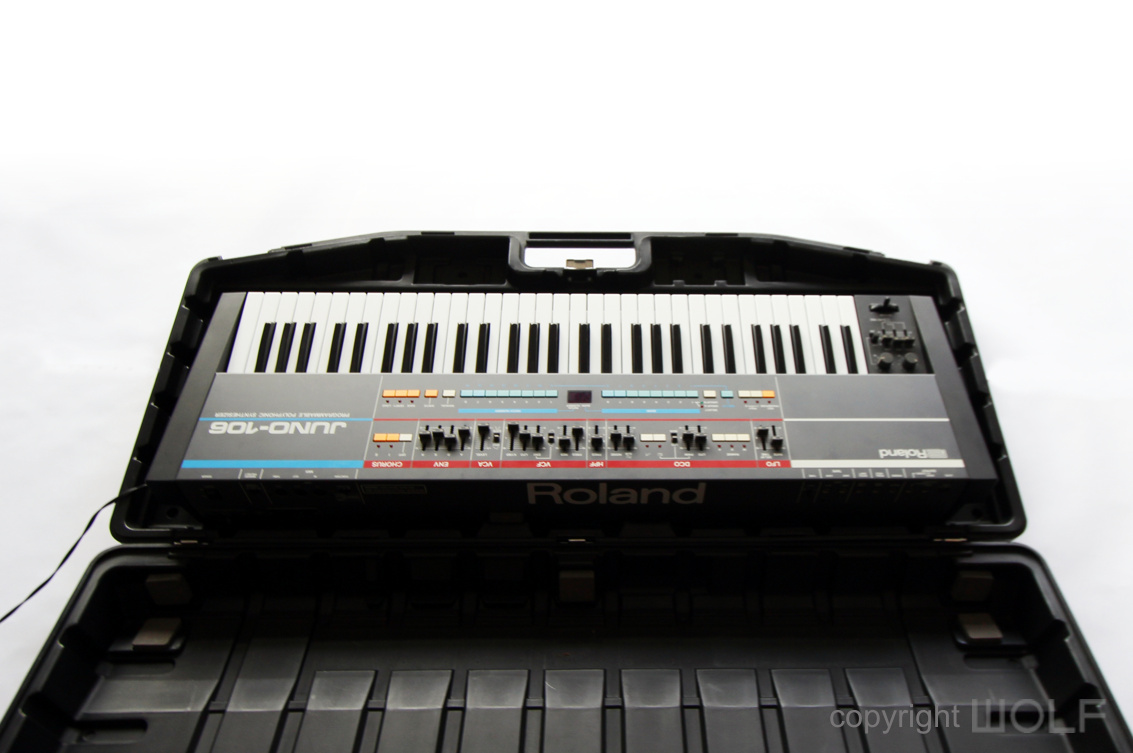


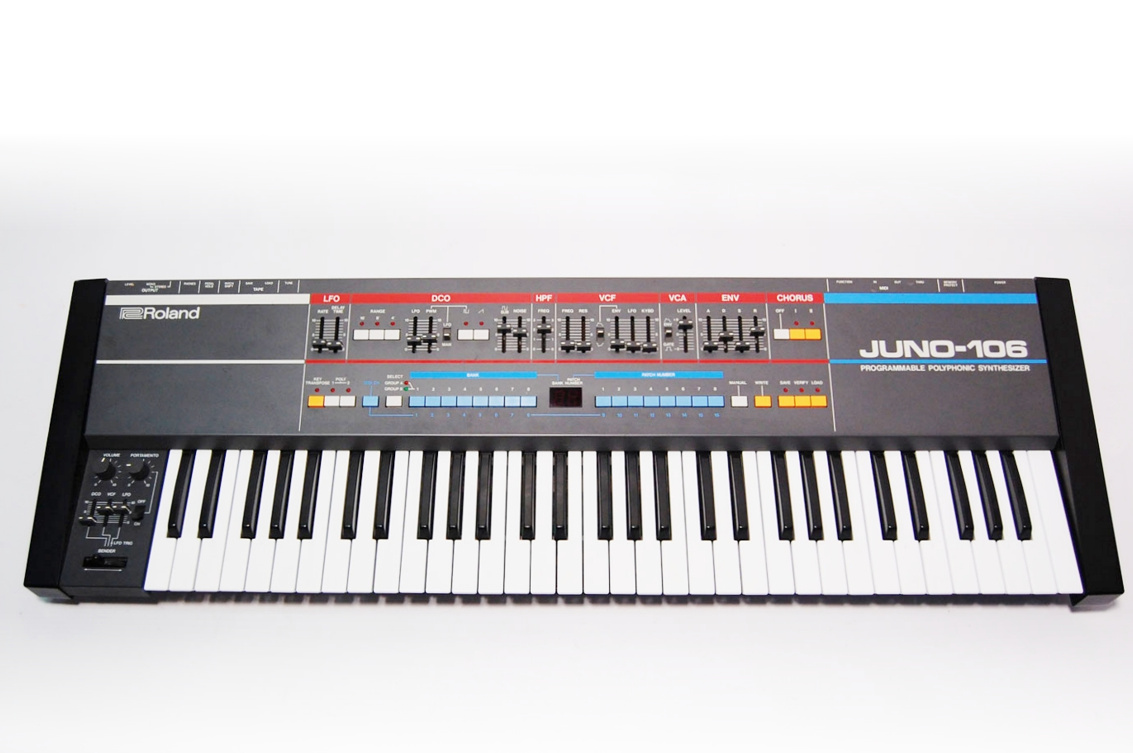
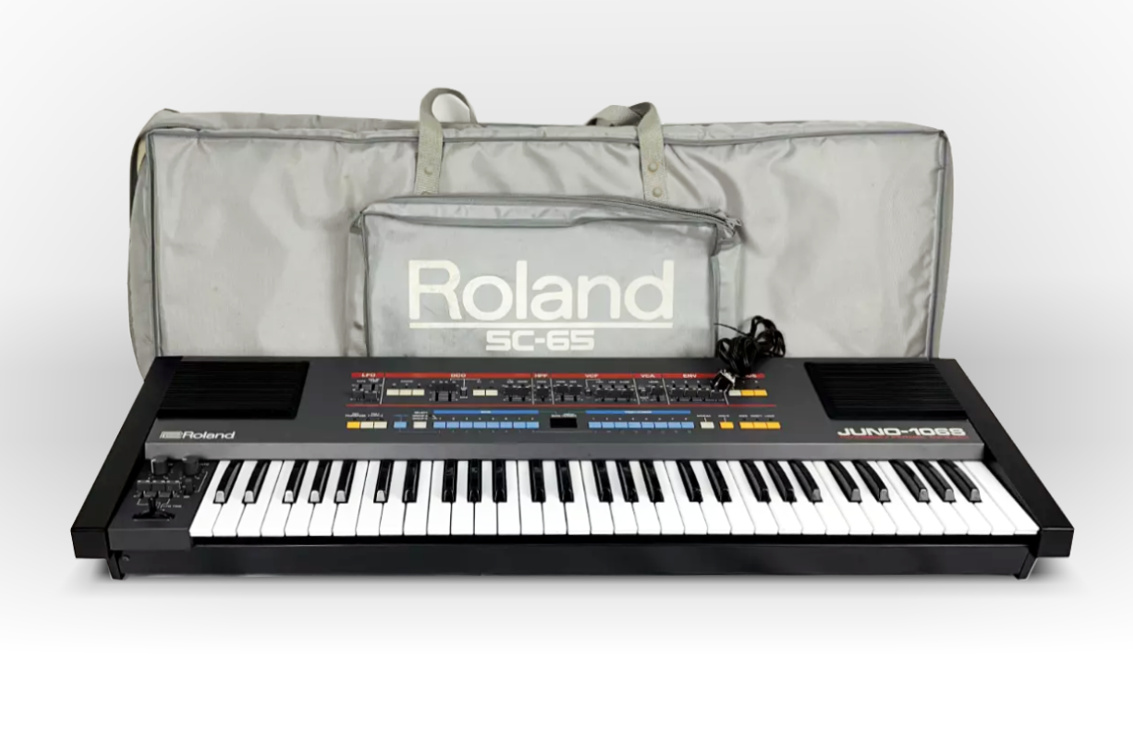
The Juno 106S with factory soft case.

The significantly duller Synth Plus 60



Left- Japanese Manual, Right- English Manual.
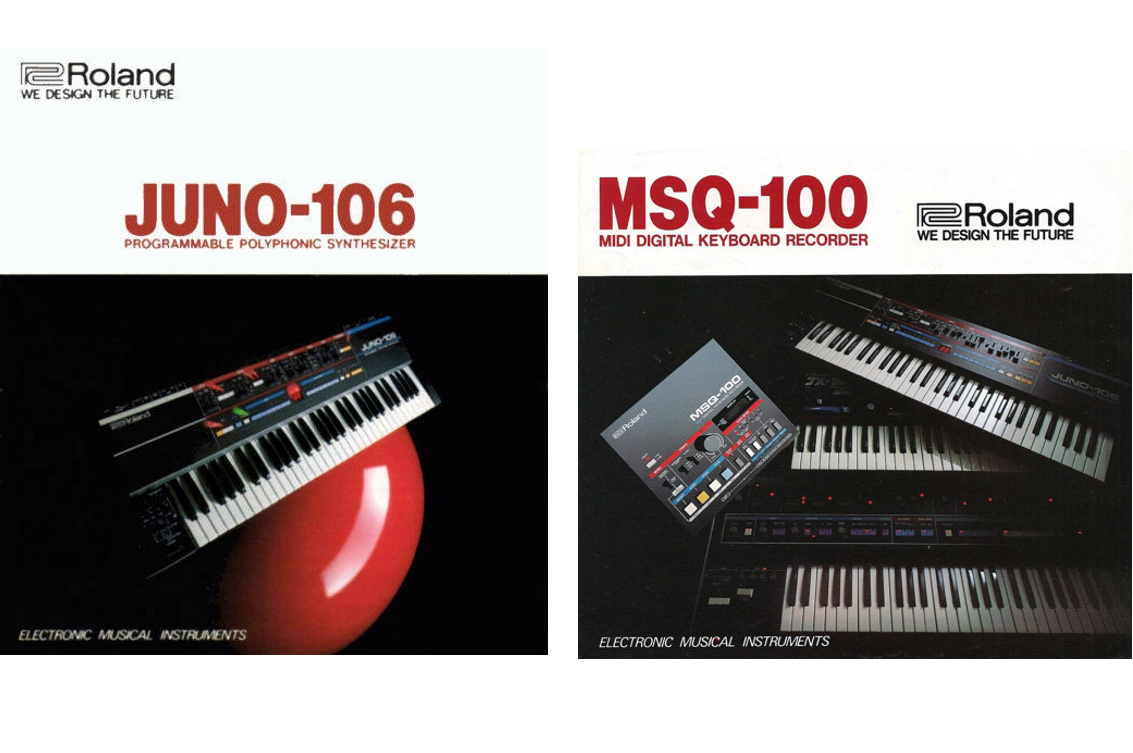
Left- Original Sales Brochure. Right- Brochures for the MSQ-100 featuring also the Juno 106.

On the cover of a Large format Japanese products brochures (vol 6)
WOLF DESIGN EXCELLENCE SCORE = 6.9
Disclaimer
The information in this review is intended for informational or educational purposes to provide readers an understanding of how something may be seen from a certain design perspective. In this case it is from the view point of WOLF DESIGNS. As design is subjective this review should only be considered as an independent opinion. Information further to being of an opinion is provided to the best of our knowledge based on our own research at the time of doing the review. We cannot be held responsible for any inaccuracies or inconsistencies and reserve the right to change or update any content as appropriate.
The final responsibility of the design resides with the original manufacturer.
